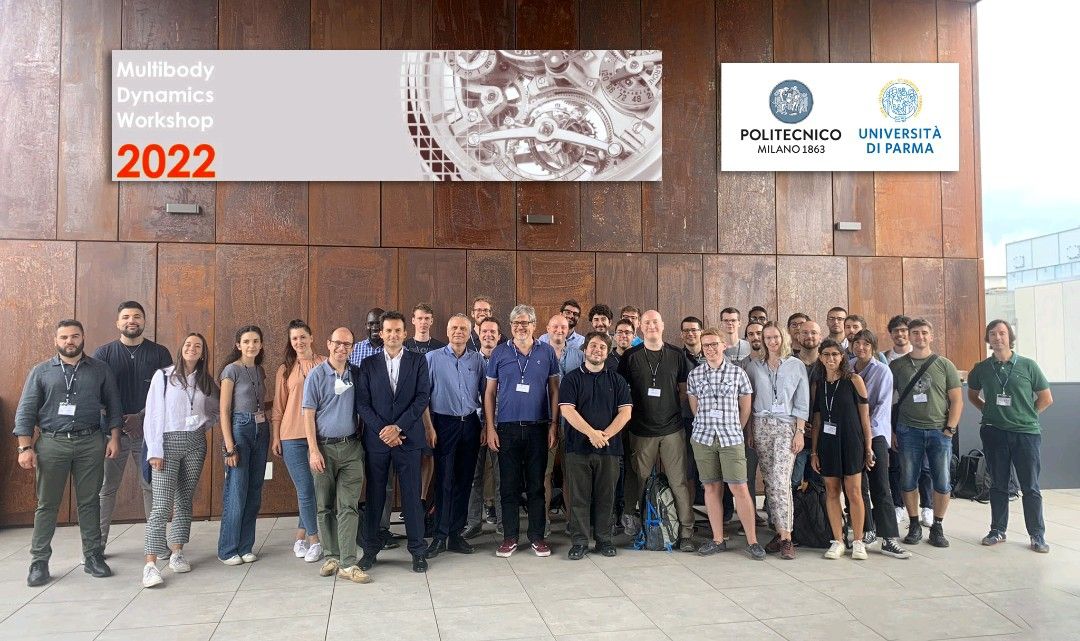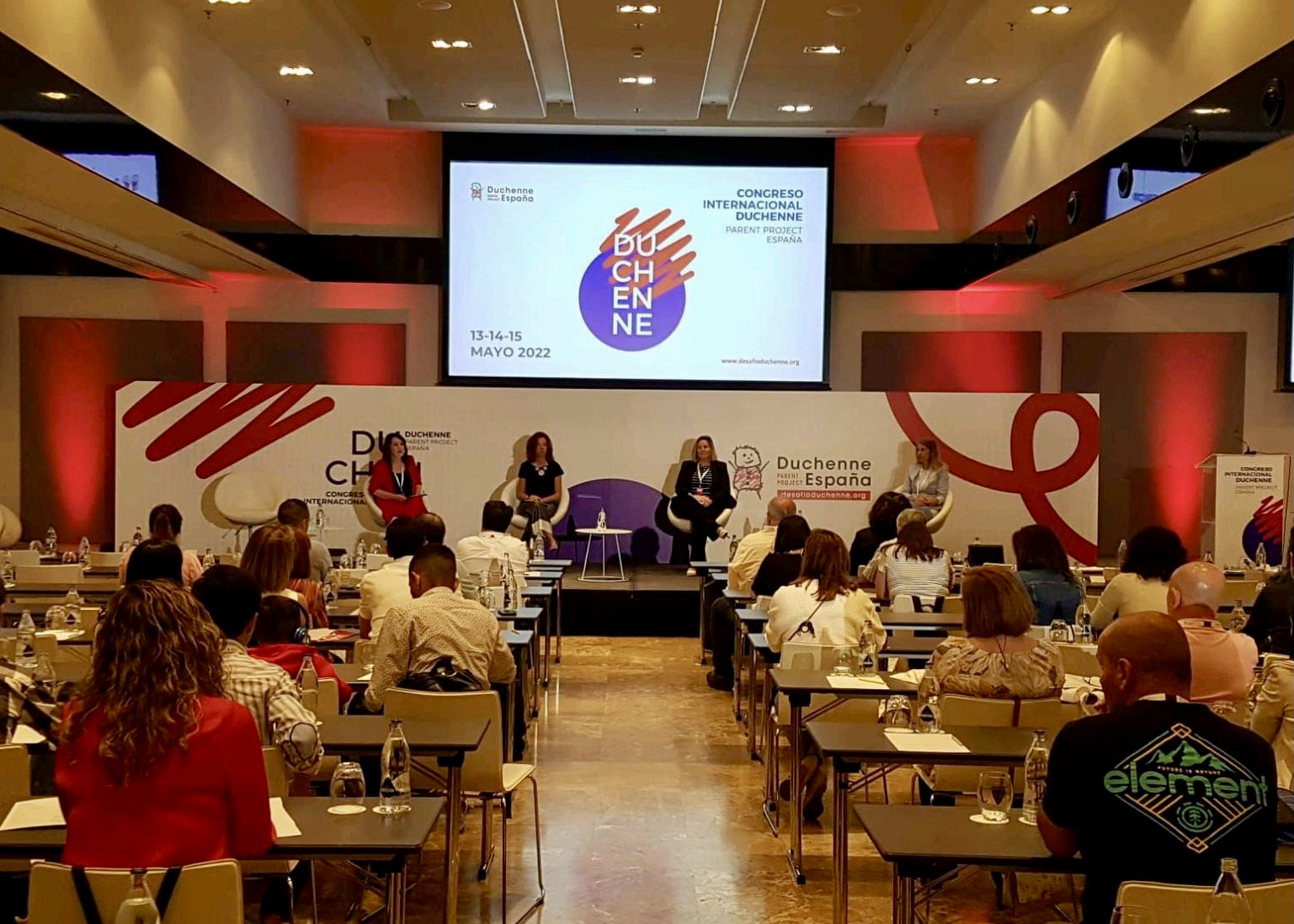Biomechanical Engineering Lab
Simulating and enhancing human movement
About the Lab
The Biomechanical Engineering Lab (BIOMEC) is a research group within the Institute for Research and Innovation in Health (IRIS) at the Universitat Politècnica de Catalunya – BarcelonaTech (UPC). It is also part of the Institut de Recerca Sant Joan de Déu (IRSJD), a CERCA centre of the Generalitat de Catalunya. The lab’s mission is to enhance the mobility and quality of life for individuals with neuromuscular disabilities through the development of innovative rehabilitation technologies and advanced simulation tools. To achieve this goal, the work of the lab is organized into the following research lines:
- Biomechanical analysis of human movement
- Neuromusculoskeletal modelling and simulation
- Wearable technologies for movement rehabilitation and monitoring
- Analysis of physical human-device interaction
- Clinical studies of medical technologies
The lab is equipped with a state-of-the-art motion analysis facility, including an 18-camera motion capture system, a full-body wireless motion capture system with 17 inertial sensors, two force plates, a 20-channel wireless electromyography (EMG) system, and an in-shoe pressure measurement system. Additionally, it houses a fully equipped mechatronic workshop, where researchers and students can design and develop in-house prototypes of robotic and monitoring technologies.
Current research projects focus on developing wearable monitoring systems for assessing upper and lower limb motor function, predictive tools for simulating assisted gait and rehabilitation, and a modular lower limb exoskeleton for diagnostic purposes. The group also participates in a clinical study to assess safety and performance of a lower limb exoskeleton for daily living and home use. Lab members, including mechanical and biomedical engineers, collaborate closely with clinical and industrial partners to translate these technologies into real-world solutions.
The BIOMEC Lab maintains active collaborations with leading international universities, including Rice University, KU Leuven, the University of Twente, Friedrich-Alexander-Universität Erlangen-Nürnberg, and TU Delft, as well as renowned hospitals such as Institut Guttmann, the National Hospital of Paraplegics, Hospital Sant Joan de Déu, Roessingh Research and Development, and Fondazione Santa Lucia. Additionally, the lab recently established its first spin-off, ABLE Human Motion, a medical device company dedicated to developing cutting-edge exoskeleton technology to enhance mobility, health, and quality of life for individuals with disabilities.
Recent News
A proposal from the BIOMEC group was accepted to the OpenSim+ Advanced Workshop!
Researchers of the BIOMEC group, part of the Mechanical Engineering Department at UPC-BarecelonaTech, were [...]
BIOMEC participated in the 4th International Multibody System Dynamics Workshop & Summer School in Milano
The Multibody Dynamics Workshop is an annual workshop jointly organised by Politecnico di Milano and Università di [...]
CREB’s researcher, Josep Maria Font, at the 18th International Conference on Multibody Systems, Nonlinear Dynamics, and Control
The International Conference on Multibody Systems, Nonlinear Dynamics, and Control (MSNDC) is held annually [...]
The BIOMEC Lab participated at the ESB 2022 Congress in Porto
The BIOMEC Lab participated in the 27th Congress of the European Society of Biomechanics, [...]
The BIOMEC Lab participated at the International Congress Duchenne Parent Project España
The objective of this annual meeting is to inform patients, families and researchers on [...]
BIOMEC is involved in the design of a hybrid exoskeleton for spinal cord injuries
The Biomechanical Engineering Lab (BIOMEC) of the Universitat Politècnica de Catalunya · BarcelonaTech (UPC) participates, together with the [...]






